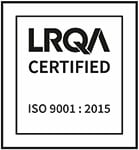Gap Pads
What are Gap Fillers/Pads?
Thermal gap fillers are used to fill the gaps between electronic components and heat sinks. With high thermal conductivity, they can transfer heat more effectively than air. This helps to keep the components cooler and within their allowable thermal ranges. Air is a poor conductor of heat, so when there is a gap between a component and a heat sink, the heat can't transfer as easily. This can lead to the component overheating.
Gap fillers are designed to be compliant and to conform to the shape of the surfaces, without generating too much pressure. This makes them ideal for applications where there are multiple heat sources with varying heights.
They are typically made of silicone, which has many attractive properties for this application. Silicone is a good surface wetter and forms a good bond with the surfaces of the heat sink and the component. It is also thermally stable and physically inert, which means that it will not degrade over time or react with the components.
How do They Work?
Gap fillers bridge the gaps between heat-generating components and heat sinks and provide a more conductive path for heat transfer. This helps to keep components cooler and prevent them from overheating.
Common Applications Include:
- Electronic devices: Gap fillers are commonly used in electronic devices such as laptops, smartphones, tablets, drones, and routers.
- Power electronics: They are also used in power electronics applications like power converters and inverters.
- Industrial equipment: These fillers can also be useful for a variety of industrial equipment, including motors, generators, and pumps.
-
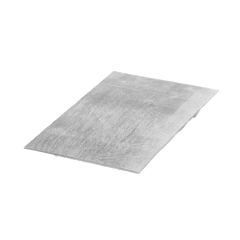 Laird A18330-04Tflex™ HP34 Thermal Gap Filler, 0.04" Thick, 5" x 3" Sheet
Laird A18330-04Tflex™ HP34 Thermal Gap Filler, 0.04" Thick, 5" x 3" SheetThe Laird™ Tflex™ HP34 gap filler material consists of graphite fibers expertly aligned to provide a very high bulk thermal conductivity.
In Stock -
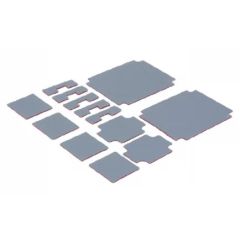 Laird A15754-02Tflex™ SF820 Thermal Gap Filler, 0.02" Thick, 9" x 9" Sheet
Laird A15754-02Tflex™ SF820 Thermal Gap Filler, 0.02" Thick, 9" x 9" SheetThe Laird™ Tflex™ SF800 product is a high-performance silicone-free thermal gap filler with a conductivity of 7.8 W/mK.
In Stock -
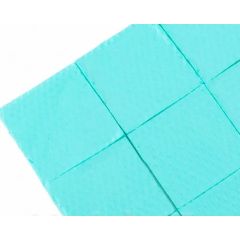 Laird A17883-04Tflex™ HD81000 Thermal Gap Filler, 0.04" Thick, 9" x 9" Sheet
Laird A17883-04Tflex™ HD81000 Thermal Gap Filler, 0.04" Thick, 9" x 9" SheetThe Laird™ Tflex™ HD80000 silicone gap filler is a soft 6 W/mK material in the high deflection line of products.
In Stock -
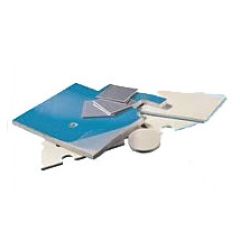 LairdTflex™ 300 Series Silicone Based Thermal Gap Filler
LairdTflex™ 300 Series Silicone Based Thermal Gap FillerThe Laird™ Tflex™ 300 silicone based soft gap filler has a thermal conductivity of 1.2 W/mK.
Stocked SizesStarting at $12.62
-
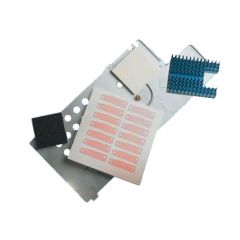 LairdTpli™ 200 Series Silicone Based Thermal Gap Filler
LairdTpli™ 200 Series Silicone Based Thermal Gap FillerThe Laird™ Tpli™ 200 material is an exceptionally soft, highly compressible gap filler.
Stocked SizesStarting at $41.93
-
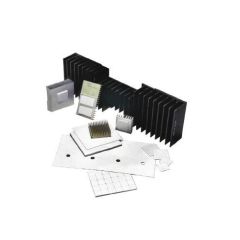 LairdTflex™ 600 Series Silicone Based Thermal Gap Filler
LairdTflex™ 600 Series Silicone Based Thermal Gap FillerThe Laird™ Tflex™ 600 gap filler is exceptionally soft. This highly compliant gap filler has a thermal conductivity of 3 W/mK.
Stocked SizesStarting at $57.38
-
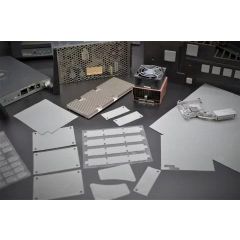 LairdTflex™ SF10 Series Thermal Gap Filler
LairdTflex™ SF10 Series Thermal Gap FillerThe Laird™ Tflex™ SF10 product is an innovative, high performing gap filler material with 10 W/mk thermal conductivity.
Stocked SizesStarting at $71.44
-
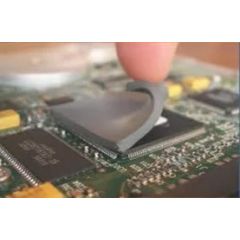 LairdTflex™ HD90000 Series Silicone Based Thermal Gap Filler
LairdTflex™ HD90000 Series Silicone Based Thermal Gap FillerLaird™ Tflex™ HD90000 is an extremely soft silicone based 7.5 W/mK gap filler material in our high deflection line of products.
Stocked SizesStarting at $130.20
-
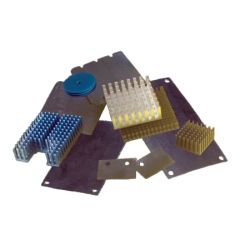 LairdTgon™ 800 Series Graphite Based Electrically Conductive Gap Filler
LairdTgon™ 800 Series Graphite Based Electrically Conductive Gap FillerThe Tgon™ 800 Graphite Based Electrically Conductive Gap Filler has a Thermal Conductivity of 5.00 W/mk
Starting at $9.21
-
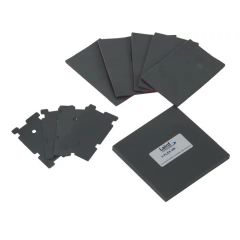 LairdTflex™ HR400 Series Silicone Based Thermal Gap Filler
LairdTflex™ HR400 Series Silicone Based Thermal Gap FillerThe Laird™ Tflex™ HR400 silicone based gap filler has a thermal conductivity of 1.8 W/mK.
Stocked SizesStarting at $9.18
-
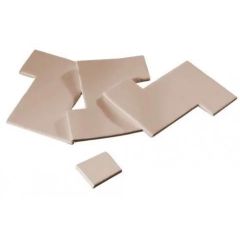 LairdTflex™ HD700 Series Silicone Based Thermal Gap Filler
LairdTflex™ HD700 Series Silicone Based Thermal Gap FillerThe Laird™ Tflex™ HD700 gap filler product is a silicone based 5 W/mK material in the high deflection line of products.
Stocked SizesStarting at $22.52
-
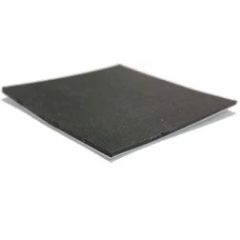 Laird A15993-00Tflex™ HR620 Thermal Gap Filler, 0.02" Thick, 9" x 9" Sheet
Laird A15993-00Tflex™ HR620 Thermal Gap Filler, 0.02" Thick, 9" x 9" SheetThe Laird™ Tflex™ HR600 gap filler is a mid-performance compliant material with great handling properties for ease of application.
In Stock -
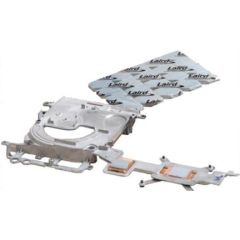 Laird A15896-02Tflex™ 720 Thermal Gap Filler, 0.02" Thick, 9" x 9" Sheet
Laird A15896-02Tflex™ 720 Thermal Gap Filler, 0.02" Thick, 9" x 9" SheetLaird™ Tflex™ 700 is a 5 W/mK soft gap filler thermal interface material with great thermal performance.
In Stock

